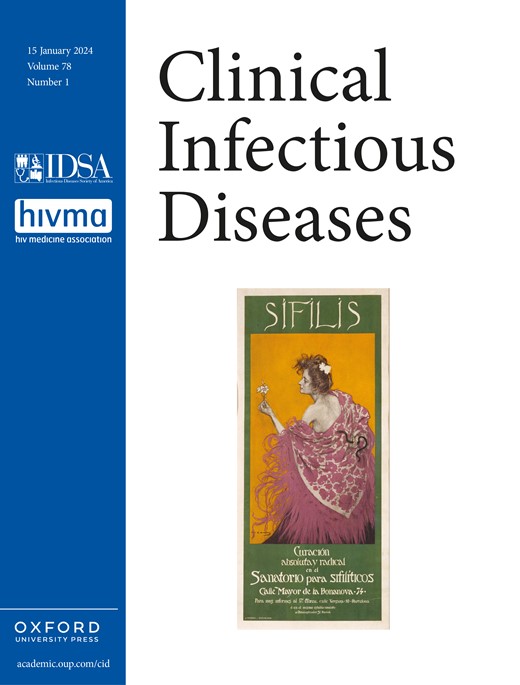HTLV screening of blood donations in England between 2002 and 2021 – Comparison of screening strategies
IF 8.2
1区 医学
Q1 IMMUNOLOGY
引用次数: 0
Abstract
Background HTLV is associated with adult T-cell leukaemia/lymphoma and myelopathy. Here we present virological and epidemiological data on HTLV screening of blood donations in England between 2002 and 2021, implemented to prevent its transmission via blood transfusion. Methods Data on HTLV testing of blood donations was reviewed; it was initially conducted in pools (2002-2012) and subsequently using individual samples (all donors, 2013-2016; first-time donors and non-leucodepleted component donors, 2017-2021). Data included annual number of donations screened, initial and repeat reactives as well as confirmed positives. Further information, such as likely source of infection, was obtained for HTLV-positives. Results Over the 20-year study period, a total of 30,679,741 blood donations were screened for HTLV in England. Under pooled screening strategy, the annual rate of repeat reactive donations remained <5:100,000. However, this rate increased to 51:100,000 with individual screening and further to 123:100,000 with selective screening. A total of 5032 samples were repeat reactive, of which 278 were confirmed HTLV-positives. Although the specificity under each scenario exceeded 99.9%, the rate of repeat reactives was around 50-fold higher in individual compared to pooled screening. Most HTLV infected were UK-born, most likely acquired their infection unknowingly through breast feeding or heterosexual intercourse with an individual associated with an HTLV-endemic country. Conclusions These data highlight that pooled testing can be advantageous in low-prevalence settings due to its high specificity and reduced non-specific reactivity. Whether pooling is an applicable strategy to tackle the burden of HTLV infection in resource poor, HTLV-endemic countries requires further investigations.求助全文
约1分钟内获得全文
求助全文
来源期刊

Clinical Infectious Diseases
医学-传染病学
CiteScore
25.00
自引率
2.50%
发文量
900
审稿时长
3 months
期刊介绍:
Clinical Infectious Diseases (CID) is dedicated to publishing original research, reviews, guidelines, and perspectives with the potential to reshape clinical practice, providing clinicians with valuable insights for patient care. CID comprehensively addresses the clinical presentation, diagnosis, treatment, and prevention of a wide spectrum of infectious diseases. The journal places a high priority on the assessment of current and innovative treatments, microbiology, immunology, and policies, ensuring relevance to patient care in its commitment to advancing the field of infectious diseases.
 求助内容:
求助内容: 应助结果提醒方式:
应助结果提醒方式:


